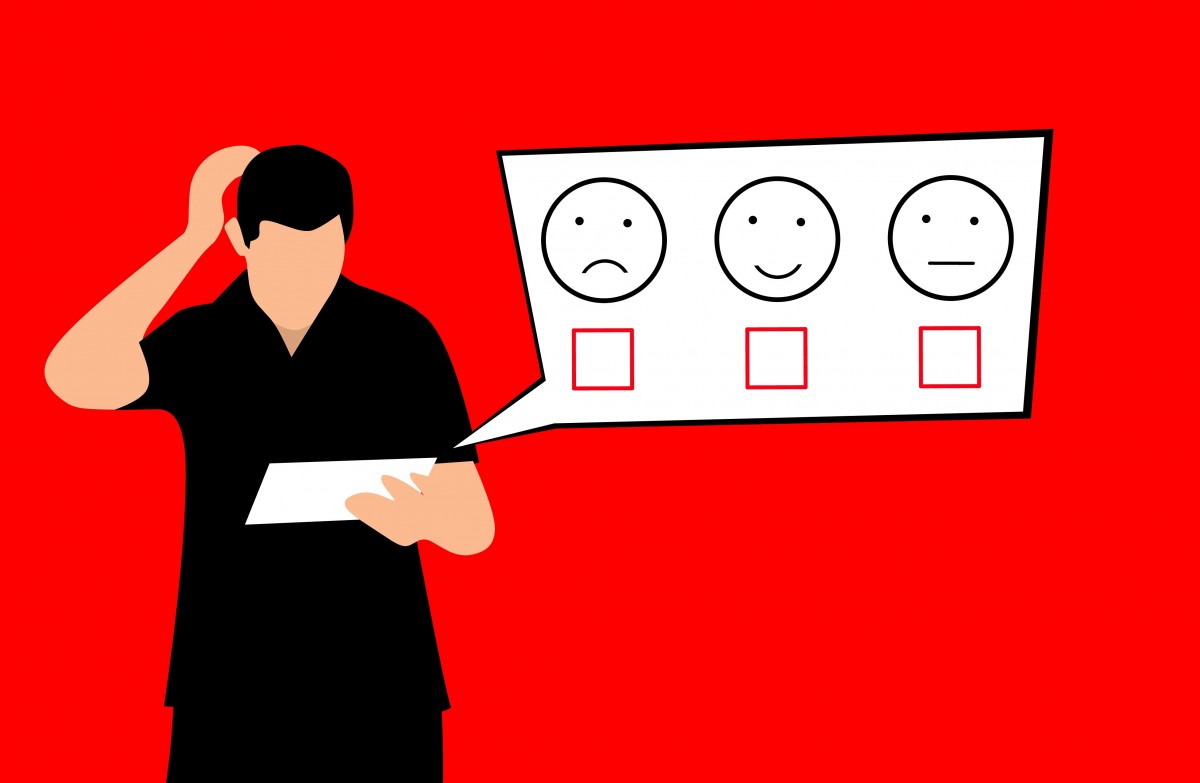Featured
Application delivery: the key to user experience
By IAN JANSEN VAN RENSBURG, lead technologist at VMware Sub Sharan Africa
Share
- Click to share on X (Opens in new window) X
- Click to share on Facebook (Opens in new window) Facebook
- Click to share on LinkedIn (Opens in new window) LinkedIn
- Click to email a link to a friend (Opens in new window) Email
- Click to share on Reddit (Opens in new window) Reddit
- Click to share on WhatsApp (Opens in new window) WhatsApp
- Click to share on Pinterest (Opens in new window) Pinterest
Even though user experience (UX) is hardly a new concept, attention has recently shifted to delivering solutions more closely aligned to customer expectations than ever. This has resulted in an environment where UX becomes fundamental to successful application delivery.
But today, this means more than just having a mechanism in place to deliver application functionality quickly and efficiently to users. In the digital world, application delivery can refer to a pool of services that combine to provide application functionality from the data centres or cloud environments to end-users via the internet.
Experiential applications
And this is where UX come into the equation.
Not limited to only the usability of an app, it refers to aspects such as whether the software is useful, credible, accessible, and valuable. Given the wealth of competitive offerings available in the market, an application with a low UX ranking will easily be replaced with something more fit for purpose.
Adding impetus to embracing a UX-friendly environment is the migration towards more integrated applications that promote collaboration and efficiency. These are essential to better help an organisation deliver on its strategic mandate.
With more organisations considering a hybrid cloud model, UX is becoming central to cultivating an interoperable environment where applications can ‘talk’ to different cloud providers and deliver a seamless experience to the end user. After all, unlike the bits and bytes approach of the past, most decision-makers do not care how technology works. As long as things get done and provide value to the organisation then that is considered good enough.
Customisation prevails
Part of this can be attributed how users expect their service providers to offer them customised solutions based on the information they have on them. The theory is that people are willing to sacrifice a degree of privacy to get rewarded with more price-sensitive and tailored offerings meeting their requirements. To do this, requires the application delivery stack to correlate data and convert that into actionable insights.
This empowers decision-makers to more quickly guide business strategy to reflect current market demands. Inhibiting this is a lack of UX resources at companies. Whether that is a dedicated (and skilled) professional or developers with a background in UX, companies must examine how they approach the entire application delivery process.
External assistance
Of course, there is an alternative available to them. This sees them partnering with trusted service providers who understand their business. In turn, these experts can provide the applications and tools required to deliver the most value and best UX catering for both internal and external needs. Given how companies are under pressure to continually embracing innovative technology, a UX-led approach to application delivery can help in assessing whether new solutions are relevant, usable, and desirable.
Sometimes an external partner can provide the level of oversight needed to accurately measure the interoperability of applications especially when migrating to a cloud environment. These partners do not typically have the same preconceptions that internal users have around what applications should be capable of doing. By receiving a more candid audit, an organisation can start taking the steps necessary for a more UX-friendly environment. And judging by how integrated technology will become into all aspects of the business environment in the future, this becomes a vital differentiator.
Share
- Click to share on X (Opens in new window) X
- Click to share on Facebook (Opens in new window) Facebook
- Click to share on LinkedIn (Opens in new window) LinkedIn
- Click to email a link to a friend (Opens in new window) Email
- Click to share on Reddit (Opens in new window) Reddit
- Click to share on WhatsApp (Opens in new window) WhatsApp
- Click to share on Pinterest (Opens in new window) Pinterest
| Thank you for Signing Up |



















